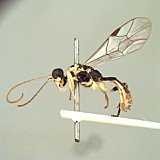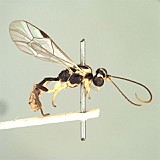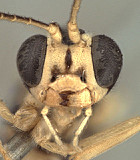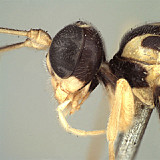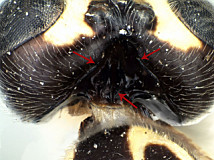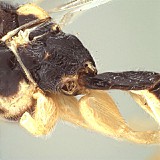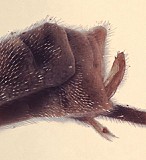Polyselasmus Schmiedeknecht, 1912: 2552. Type species: Eclytus semiluctuosus Vollenhoven, 1878 [a junior subjective synonym of Bassus frigidus Woldstedt, 1874]. Monobasic.
Ceratosaotis Gregor, 1939: 85. Type species: Ceratosaotis ornatus Gregor, 1939 [a junior subjective synonym of Bassus frigidus Woldstedt, 1874, species synonymized by Townes 1970]. Original designation. Genus synonymized by Townes (1970).

